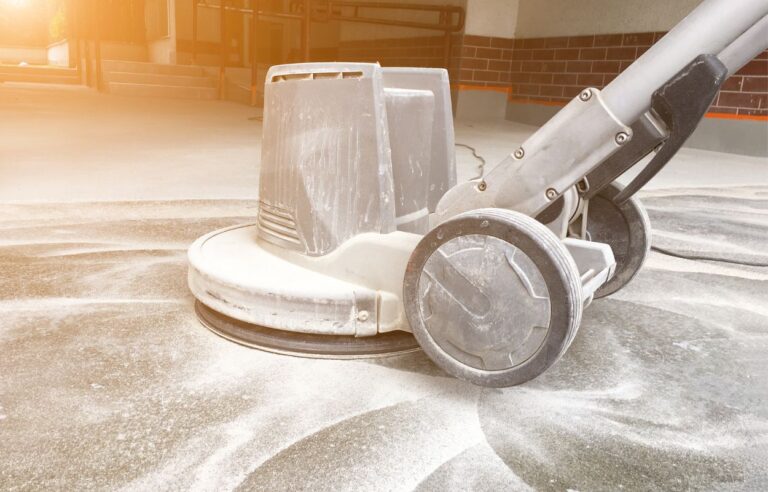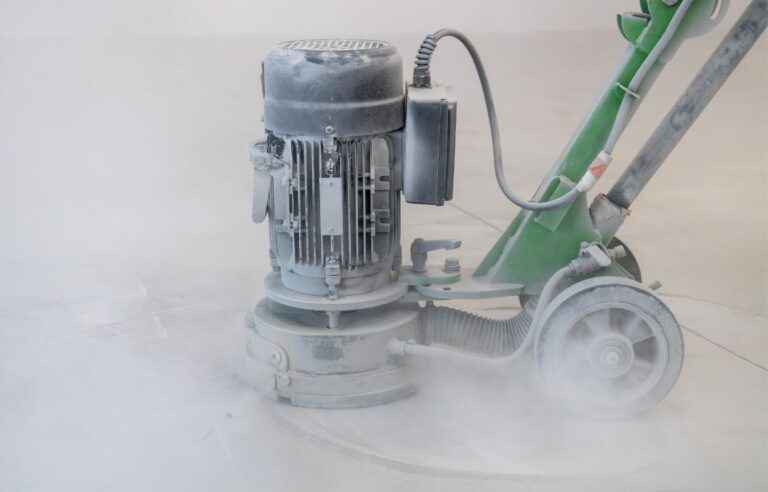There are a lot of misconceptions out there about the demolition process—people picture huge piles of waste. Old wood, smashed concrete, and broken drywall often come to mind too. But that’s not the whole story anymore.
Today, demolition experts are using something called deconstruction, turning what once went to the landfill into valuable materials for reuse. Instead of wasting resources, these pros save more than they toss. And that shift is changing how we think about demolition altogether.
WHAT MAKES DECONSTRUCTION DIFFERENT FROM DEMOLITION
Demolition is fast and loud. Crews swing heavy equipment and crush everything in their path. It gets the job done quickly, but most of the materials end up in the dump. Deconstruction, on the other hand, is more thoughtful.
Crews take buildings apart carefully, piece by piece. They pull out nails, remove windows, stack wood, and separate metals. This process takes more time, but the payoff is huge. It saves materials that can live a second life in new projects.
WHY SAVING MATERIALS MATTERS
Saving materials does more than keep waste out of landfills. It protects the environment and saves money. Wood, bricks, fixtures, and hardware all take energy and resources to make. When these items are reused, it means fewer new resources are needed.
That reduces pollution and keeps natural habitats safe. Plus, reclaimed materials often find new homes in creative projects. Think of old barn wood becoming flooring or vintage doors turning into statement pieces. Every saved material means less demand for something brand new.
THE ENVIRONMENTAL IMPACT OF DECONSTRUCTION
Every year, construction and demolition waste makes up a huge portion of landfill space. By salvaging materials, deconstruction cuts down on this waste. Recycled wood, for example, can avoid being burned or trashed.
Instead, it gets milled into usable boards. Metals can be melted down and reshaped into new products. Even concrete can be crushed and reused as gravel. These efforts save landfill space and reduce greenhouse gas emissions. In short, the environment breathes a little easier when deconstruction takes center stage.
THE ECONOMIC BENEFITS OF REUSE
Deconstruction isn’t just good for the planet—it also makes financial sense. Contractors and homeowners can often save money by reusing what’s already there. Salvaged materials are sold at lower prices than brand new ones.
That helps stretch construction budgets. Some materials also carry tax benefits when donated to organizations that accept building supplies. And let’s not forget the jobs created in the resale and recycling industries. Every saved material adds value to the local economy.
HOW EXPERTS MAXIMIZE MATERIAL RECOVERY
Deconstruction experts know how to spot valuable items in a structure. They understand which woods are reusable and which metals can be resold. They handle materials with care so they stay intact. Their process involves planning ahead, labeling, and sorting materials.
That way, everything finds the right place once it leaves the site. Many experts also work with local recycling centers and reuse stores. By building these connections, they make sure almost nothing goes to waste.
COMMON MATERIALS THAT GET SAVED
You might be surprised by how much can be salvaged from a single building. Wood framing, beams, and flooring are often in great condition. Windows and doors can be repurposed for new homes or workshops.
Bricks and concrete blocks may be reused in landscaping projects. Cabinets, sinks, and lighting fixtures often find buyers looking for affordable options. Even hardware like hinges and handles has a market. In many cases, the majority of the building ends up being saved instead of discarded.
THE ROLE OF COMMUNITY AND LOCAL RESOURCES
Deconstruction works best when communities get involved. Many cities now support recycling programs for building materials. Local nonprofits often accept donations of salvaged goods. These groups then resell items at a fraction of the cost, making them accessible to more people.
Homeowners benefit because their old materials help others in the community. Contractors also benefit because they avoid extra disposal costs. Everyone wins when salvaged materials stay in circulation.
WHY NANAIMO IS EMBRACING DECONSTRUCTION
Nanaimo is one of the places where deconstruction is gaining traction. With a strong focus on sustainability, more homeowners and contractors are choosing this method. People in the community value the idea of keeping waste out of landfills.
They also love the character and charm of reclaimed materials. When someone invests in deconstruction services in Nanaimo, they’re not just saving money. They’re making a choice that supports both the environment and the local economy.
HOW HOMEOWNERS CAN GET STARTED
If you’re planning a renovation or tear-down, you don’t need to default to demolition. Start by talking to a company that specializes in deconstruction. Ask about their process and how they handle materials. Make sure they have connections with reuse centers in your area.
You’ll want to know which items they expect to save and where those items will go. By planning early, you can maximize the value of every piece of your old structure.
CREATIVITY WITH RECLAIMED MATERIALS
One of the most exciting parts of deconstruction is seeing how materials get reused. Designers and builders often use reclaimed wood to create unique furniture. Homeowners repurpose old windows into decorative pieces. Contractors mix salvaged brick into modern patios. Every material saved has the potential to shine in a new way. This creativity adds character to new projects while keeping the spirit of the old structure alive.
THE FUTURE OF DECONSTRUCTION
As awareness grows, deconstruction is likely to become the norm rather than the exception. More cities are writing policies to encourage or even require it. More builders are learning the techniques needed to salvage effectively.
And more homeowners are asking for it by name. With the demand for sustainable practices on the rise, deconstruction is here to stay. Choosing deconstruction services in Nanaimo is just one example of how local communities are leading the way.
FINAL THOUGHTS
Deconstruction experts are proving that saving is better than wasting. By carefully dismantling buildings, they rescue valuable materials and give them a second life. The benefits ripple out to the environment, the economy, and the community.
Every piece saved makes a difference. Whether it’s wood, metal, or fixtures, deconstruction shows that almost nothing has to go to waste. It’s a smarter, kinder, and more sustainable way to handle old buildings. And that’s a win for everyone.




